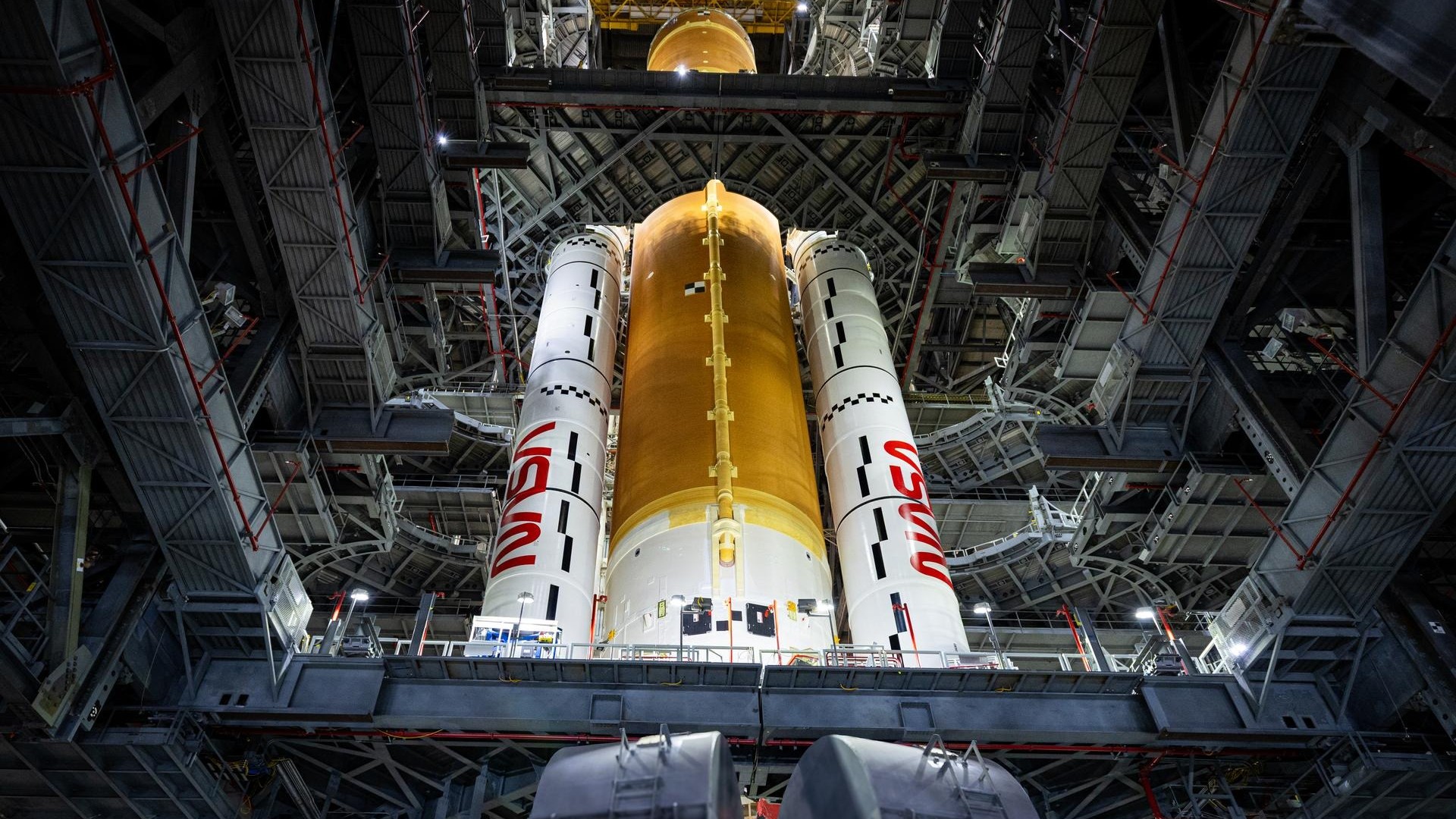Mars Lander Prepares for Icy Sample

NASA's Phoenix Mars Lander is one step closer to analyzing a sample of the rock-hard layer of ice underneath the Martian dirt where the spacecraft touched down two months ago.
Overnight Tuesday to Wednesday, Phoenix used its robotic arm to scrape the top of the icy layer in the trench informally known as Snow White.
Mission controllers prepared commands to send to the spacecraft Wednesday, telling it to take color images just a few minutes after each of five more rounds of scraping it will do the following day, Sol 58, or the 58th Martian day the spacecraft will have been on red planet.
"We are monitoring changes between the scrapes," said Doug Ming of NASA Johnson Space Center, Houston, the team's science lead for Sol 58 plans. "It appears that there is fairly rapid sublimation of some of the ice after scraping exposes fresh material, leaving a thin layer of soil particles that had been mixed with the ice. There's a color change from darker to bluer to redder. We want to characterize that on Sol 58 to know what to expect when we scrape just before collecting the next sample."
Within a few days, the team plans to collect a sample from the icy layer and deliver it to Phoenix's Thermal and Evolved-Gas Analyzer (TEGA). TEGA heats up the samples in its tiny ovens and then analyzes the vapors given off to determine the soil's composition.
The aim of the $420 million mission, which landed on May 25, is to characterize the dirt and icy layer that lies below it in the north polar regions of Mars to look for signs that the planet might have been habitable at some point in the past. Mission scientists have applied to NASA to extend the mission past its originally-slated 90 days.
Images from Phoenix have confirmed that the doors to the oven into which the icy sample will be placed have opened completely. Mission planners will now test to make sure they can operate TEGA properly in the early Mars morning.
Breaking space news, the latest updates on rocket launches, skywatching events and more!
"For the next sample, we will be operating the instrument earlier in the morning than we have before," said William Boynton of the University of Arizona, lead scientist for TEGA. "It will be almost the coldest part of the day, because we want to collect the sample cold and deliver it cold."
Phoenix will also check for dirt devils during Sol 58. NASA's Mars Rover Spirit has also imaged dirt devils south of Mars' equator.

Andrea Thompson is an associate editor at Scientific American, where she covers sustainability, energy and the environment. Prior to that, she was a senior writer covering climate science at Climate Central and a reporter and editor at Live Science, where she primarily covered Earth science and the environment. She holds a graduate degree in science health and environmental reporting from New York University, as well as a bachelor of science and and masters of science in atmospheric chemistry from the Georgia Institute of Technology.
